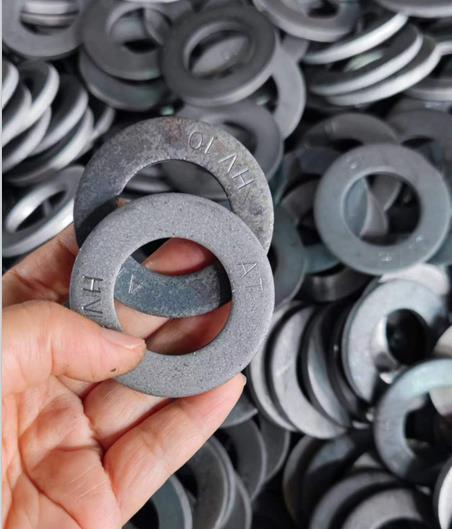Understanding OEM Drywall Screw Sizes and Their Applications for Your Construction Projects
Understanding OEM Drywall Screw Size Charts
When it comes to construction and home improvement projects, selecting the right materials is crucial for ensuring a successful and durable outcome. One of the often-overlooked components in drywall installation is the drywall screw, specifically, its size and type. An OEM drywall screw size chart serves as a valuable tool for contractors and DIY enthusiasts alike, providing essential information on the various sizes and specifications of drywall screws available on the market.
The Importance of Choosing the Right Size
Using the correct size drywall screw is vital for the structural integrity of drywall installations. An inappropriate screw size can lead to issues such as weak joints, drywall bowing, or even detachment from studs, which can compromise the overall quality of the finish. The size of a drywall screw is typically determined by its length and diameter, which can vary based on applications—such as whether the drywall is applied to wooden or metal studs.
Common Sizes of Drywall Screws
Most drywall screws range in length from 1 inch to 3 inches, with diameters typically categorized in gauge measurements. The most common sizes in use include 6 and 8 gauge screws, with 6 screws usually measuring about 1 1/4 inches and 8 screws generally available in lengths of 1 5/8 inches to 2 1/2 inches. The choice between these sizes often depends on the thickness of the drywall being installed and the underlying framing materials.
For instance, when installing 1/2 inch thick drywall on wooden studs, a 1 1/4 inch drywall screw is usually sufficient. However, for thicker setups, such as 5/8 inch drywall for fire-rated walls or ceilings, longer screws might be required to ensure proper anchoring. By consulting the OEM drywall screw size chart, users can easily identify the ideal screw size for their specific drywall application.
oem drywall screw size chart

Types of Drywall Screws
There are two main types of drywall screws coarse-thread and fine-thread screws. Coarse-thread screws are designed specifically for use with wooden studs, as their design allows for better grip and holding power. On the other hand, fine-thread screws work best with metal studs and are less likely to strip the metal during installation.
The OEM drywall screw size chart typically includes not only the lengths and gauges but also specifies the type of thread, ensuring that builders can select the right screw for their project. Additionally, drywall screws are often treated with a corrosion-resistant coating, which can be vital in damp or humid environments, further extending the lifespan of the installation.
Conclusion
In conclusion, understanding and utilizing an OEM drywall screw size chart is essential for anyone involved in drywall installation. By choosing the correct size and type of screw, builders and DIYers can ensure their projects are stable, durable, and aesthetically pleasing. With a wide range of sizes and specifications available, having access to a size chart simplifies the selection process, making it easier to tackle drywall projects with confidence.
Whether you are a seasoned contractor or a weekend warrior, incorporating the information found in drywall screw size charts into your planning phase will pave the way for successful and long-lasting drywall installations. Taking the time to understand these specifications can save time, reduce errors, and enhance the quality of your work, leading to a professional finish in every project.
-
Top Choices for Plasterboard FixingNewsDec.26,2024
-
The Versatility of Specialty WashersNewsDec.26,2024
-
Secure Your ProjectsNewsDec.26,2024
-
Essential Screws for Chipboard Flooring ProjectsNewsDec.26,2024
-
Choosing the Right Drywall ScrewsNewsDec.26,2024
-
Black Phosphate Screws for Superior PerformanceNewsDec.26,2024
-
The Versatile Choice of Nylon Flat Washers for Your NeedsNewsDec.18,2024










